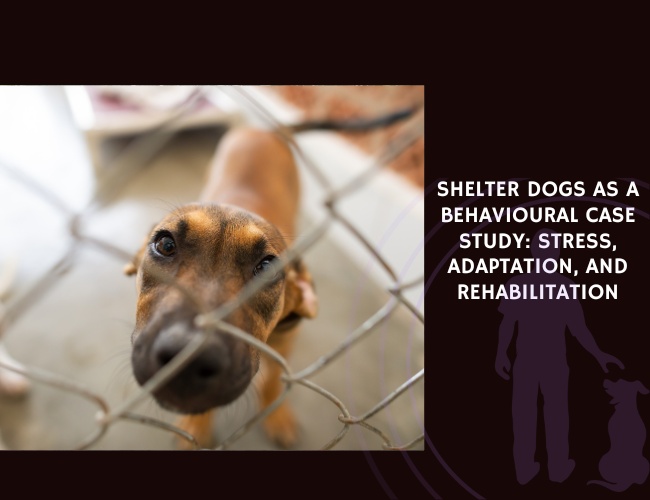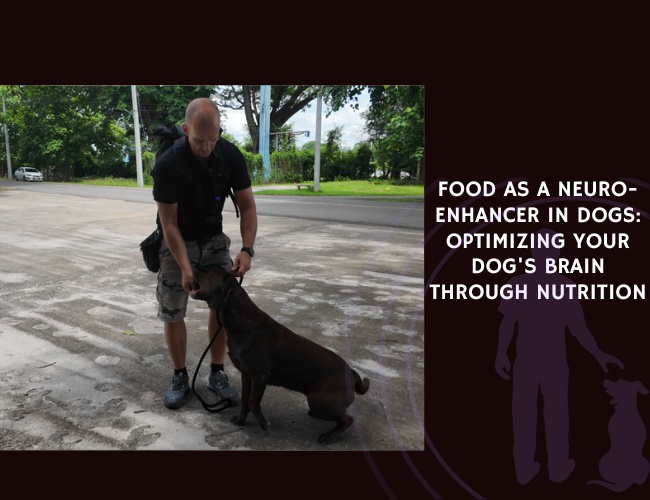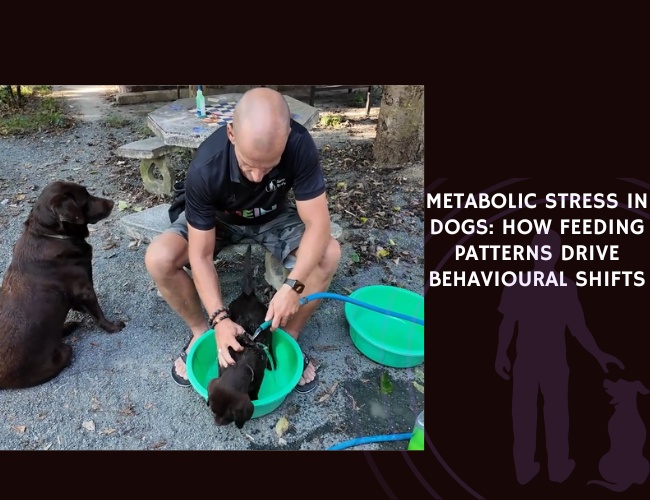Emily E. Bray and colleagues (2021) reviewed how to enhance the success of dogs working in roles such as service, therapy, detection, and protection. These tasks require advanced behavioral skills and resilience, but many dogs fail to meet the necessary criteria during training.
The review highlights two main approaches: first, the development of selection tests and criteria that help identify the most promising candidates early, reducing wasted resources; and second, rearing, training, and breeding strategies that improve performance at both the individual and population levels.
Key practices include early-life socialization, structured training environments, and selective breeding programs designed to emphasize traits linked to working success. These improvements can increase the supply of capable working dogs while simultaneously ensuring welfare and ethical standards are met.
The authors emphasize that investment in scientifically informed selection and training not only improves efficiency and performance but also safeguards the well-being of working dogs, making them better equipped to serve in critical human–animal partnerships.
Source: Bray, E. E., Otto, C., Udell, M., Hall, N. J., Johnston, A. M., & MacLean, E. (2021). Enhancing the Selection and Performance of Working Dogs. Journal: Frontiers in Veterinary Science, Volume 8. Publication Date: 2021-05-12. Authors: Emily E. Bray, Cynthia Otto, Monique Udell, Nathaniel J. Hall, Audrey M. Johnston, Evan MacLean. References: 229. Citations: 80.










